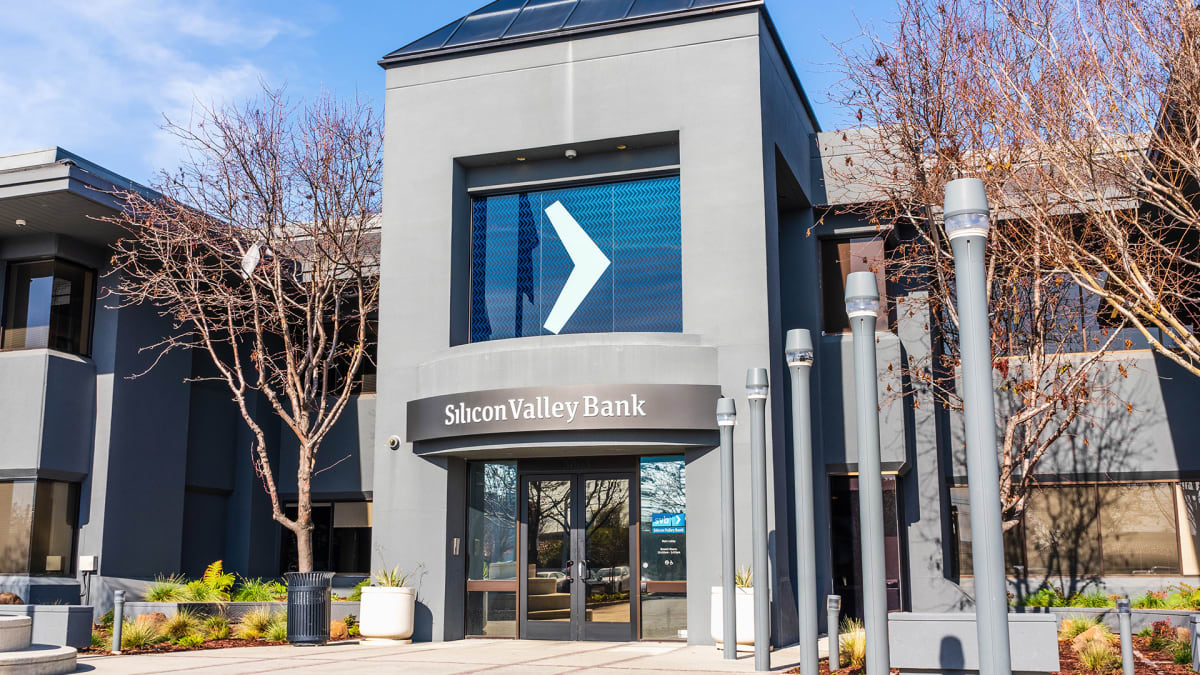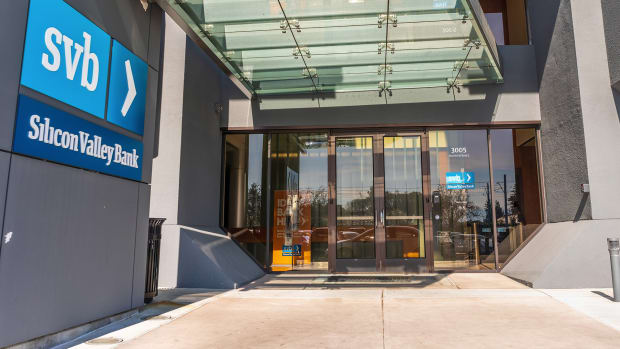
The collapse of Silicon Valley Bank has left its customers in a bind since they are unable to access their money.
None of the customers know how much of the money that was deposited at the California bank will be returned to them after it was closed on March 10 by the FDIC, a regulatory agency.
DON'T MISS: SVB CEO Sold $3.6 Million Worth of Shares Before Bank's Collapse
The FDIC said that it would "pay uninsured depositors an advance dividend within the next week" on March 10.
"Uninsured depositors will receive a receivership certificate for the remaining amount of their uninsured funds," the agency said. "As the FDIC sells the assets of Silicon Valley Bank, future dividend payments may be made to uninsured depositors."
Since the FDIC insures deposits only up to $250,000, all who had accounts with balances exceeded that amount are anxiously awaiting the outcome of the FDIC’s advance-dividend decision.
It's all about the "advanced dividend." These are the two words everyone is watching and trying to understand.
A spokesman for the FDIC on March 11 told TheStreet, “It’s a partial payment of their uninsured deposits.”
He declined to comment further on the process of how the FDIC decides whether an account holder receives 75% or even 25% of the value of their deposits.
SVB collapsed after the bank attempted to raise additional capital to shore up its liquidity. When it failed to raise $2.25 billion after losing $1.8 billion in losses from the sale of long-dated U.S. government bonds, shares of its parent, SVB Financial Group, fell by over 60%.
Some customers managed to transfer their money out of SVB and into another bank on March 9, but tens of thousands of other people were not so fortunate.
Joseph Taggart, president of LandVest, a Boston-based real estate and forestry management company, told TheStreet he was able to transfer some of the company's cash from SVB to one of its existing bank accounts on March 9. But the company did not transfer all its cash to another bank because it was planning to do payroll on March 10.
"There were a lot of accounts that we had to leave active because we are transacting business all the time for vendors or payroll," he said. "We had to sit and cross our fingers and see if that transaction would go through."

Shutterstock
Examiners Valuing SVB's Assets
SVB had $151 billion of noninsured deposits as of Dec. 31, 2022, according to its Federal Financial Institutions Examination Council "call report." The bank had $209 billion in total assets and $175.4 billion in total deposits as of Dec. 31.
The good news is that customers with deposits that were not insured will receive a payment that that is called a dividend by the FDIC, Todd Baker, a senior fellow at the Richman Center for Business, Law and Public Policy at Columbia University in New York and managing principal at Broadmoor Consulting, told TheStreet.
"Yes, there will be a payment of the 'dividend' (which is actually a return of uninsured deposit principal) next week as soon as the remaining securities book is sold," he said.
When a bank is closed by the FDIC, the regulator sells its investments, such as stocks and bonds and other assets, to provide money to a bank's customers.
But customers are likely to get back only a percentage of their funds and the process could take several months or longer, resulting in hardships for customers who need to pay bills and employee salaries.
Baker estimates that customers will receive "somewhere around a third of their uninsured balances, based on the likely liquidation price of the securities portfolio and a rough estimate of post-run deposit balances."
The bank regulator is working on "getting price quotes and doing deals right now," he said. "Those proceeds will get a haircut of some kind to reflect ongoing liabilities and operating costs for the receivership and then get distributed. After that, future payments will be dependent on ongoing asset sales."
The dividend the FDIC paid to customers could take "months for the rest of the asset sales, with the last bits dribbling in over a longer duration," Baker said.
The FDIC insures money that is placed in checking and savings accounts, CDs and money market deposit accounts.
The agency states that the amount of money customers receive depends on "the ownership category. This generally means the manner in which you hold your funds. Some examples of FDIC ownership categories, include single accounts, certain retirement accounts, employee benefit plan accounts, joint accounts, trust accounts, business accounts as well as government accounts."
Money will be returned to customers once a bank's assets and investments are sold, but the FDIC said it does not pay "advance dividends when the value of the failed institution’s assets cannot be reasonably determined at closing. Federal law applicable to all depository institution receiverships provides that a receiver’s maximum liability to a claimant is an amount equal to what the claimant would have received if the institution’s assets had been liquidated."
Prior Bank Failures Had Buyers Already
During previous bank failures, the FDIC would close banks on Friday with a buyer ready to step in. Customers would often receive "55 to 65 cents on the dollar," Lucilio (Louie) Couto, former president and CEO at American Plus Bank in Arcadia, Calif., who was a senior bank examiner at the FDIC for 16 years, told TheStreet.
SVB's customers could receive "in this case, if they sell the securities and there no further losses, they could get 70 cents on the dollar," he said.
The best outcome for customers is if the FDIC can find someone to buy the entire bank.
Couto, who also served as chief risk officer at Vineyard Bank in California, said its customers received 60 cents per dollar initially and another 10 cents per dollar after its assets were sold, followed by another 10 cents.
Eventually, some customers received 85 cents to 90 cents for every dollar that was deposited at the bank.
"It took years at Vineyard Bank and customers received money back in batches," he said.
The failure of SVB is "unusual" because in previous bank failures the FDIC would spend months working with the financial institution to determine the value of their loans and begin the sale of their assets.
"It used to take months for banks to fail and the FDIC knew well in advance and looked at loans and tried to price loans," Couto said.
While loans are hard to value, there are virtual data rooms that speed up the process. The bank examiners will "will spend the majority of the time looking at loan files and looking at credit quality- often debating what the quality of the loan is," he said
Customers should not panic because “uninsured does not mean lost," Couto said. "If the bank's money is invested in assets that are illiquid, it will take time to convert to cash."
The problem is the "uncertainty to the timing and the ultimate level of value that those assets get - will it take six months and 90 cents or two years and get 80 cents. That is a legitimate question."
In the past, the FDIC "had a pretty good idea for what they would get for the loans and could advance 60-80 cents on the dollar," he said.
In the case of SVB's failure, "we don't know if they had time to do this," Couto said.
The market for SVB's assets could be thinner with fewer bidders, which means sales would take more time to close, he said.
Since SVB catered to the tech and venture capital industry, its lending was also niche.
"How many people will bid on the loans?" Couto said.







